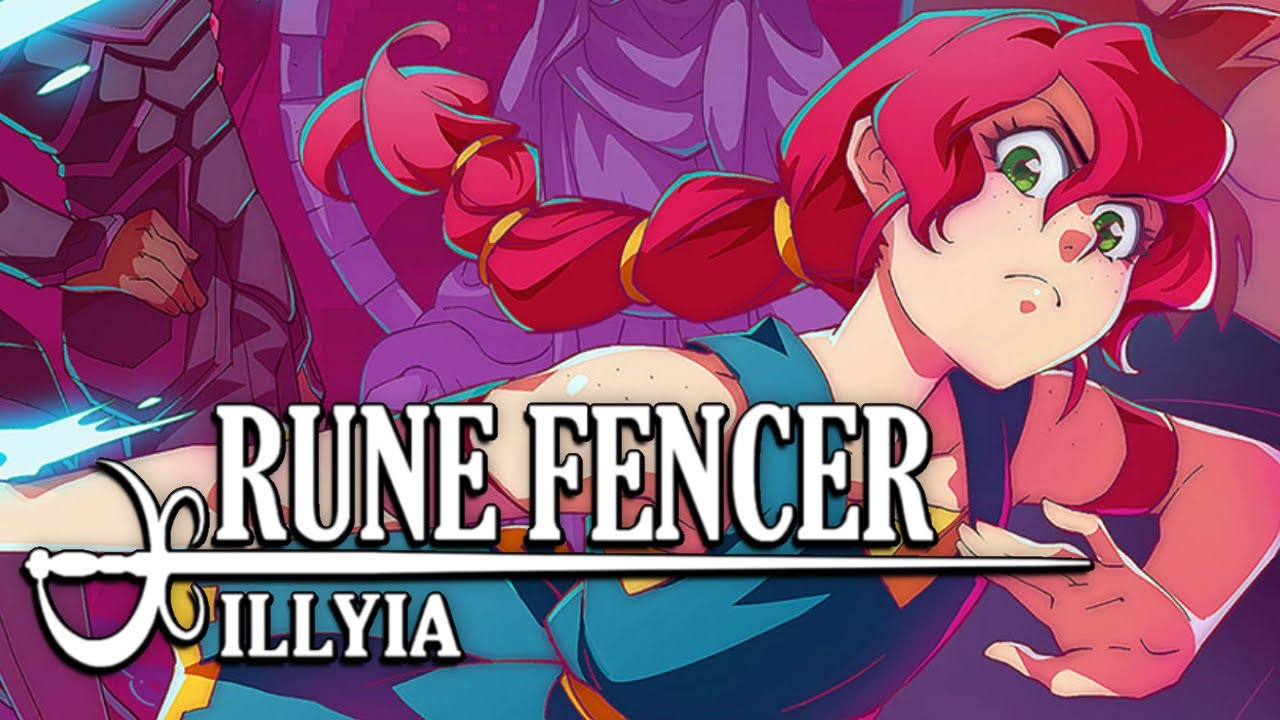In the day and age where Super Mario Odyssey, Nier Automata, Fallout 4, Skyrim, Doom and others are treading along just fine as single-player hits, it seems that more developers and more developers believe they’re too risky to make during this time and in the foreseeable future.
A video made not too long ago highlighted two well-known developers in the gaming sphere and their take on single-player video games. The video comes in by gaming YouTube channel Oldukça iyi oyun.
The description of the video gives a summary of Amy Hennig and Thomas Puha, head of communications for Remedy Entertainment, thoughts on single-player games:
“Games designer Amy Hennig has said some eye-catching things about single player games and single player game development. Apparently, single player story-focussed games are suffering because, despite the vocal demand, not enough people are buying them. And many are just watching them on Twitch and Youtube instead.”
Aşağıdaki videoyu izleyebilirsiniz.
The information in the video above comes from an interview that Çokgen posted up featuring Amy Hennig and Sean Vanaman. The latter name is best known for founding Campo Santo and being the lead writer of Telltale’s Yürüyüş Ölü: Sezon Bir.
The conversation/interview between Hennig and Vanaman lead to her thoughts on single-player games and video service platforms by saying:
“I think we’re in an inflection point right now. Obviously what happened with our Star Wars project didn’t come out of the blue. A lot of too-dramatic articles were written about it — the death of linear story games and all that kind of stuff — but look, there is a real problem: this line we’ve been running up to for a lot of years, which is the rising cost of development, and the desires, or the demands even, of players in terms of hours of gameplay, fidelity, production values, additional modes, all these things. Those pressures end up very real internally. If it costs you, say, $100 million or more to make a game, how are you making that money back, and making a profit?
And the $60 price point can’t change, right? There’s a lot of negative press around monetization, loot boxes, games as a service, etc., but these things are trending now in the industry, especially for larger publishers, as an answer to the problem of rising development costs. Budgets keep going up, the bar keeps getting raised, and it starts making less and less sense to make these games.
There is also this trend now that, as much as people protest and say, “Why are you canceling a linear, story-based game? This is the kind of game we want,” people aren’t necessarily buying them. They’re watching somebody else play them online.”
Hennig continued:
“I don’t completely get the streaming phenomenon. Anecdotally, we’re seeing, for the kind of games that you and I make, that a lot of people don’t want to play them. They just want to watch them being played.
But the people we expect to go buy our games — if we create a $60, somewhat linear, story-driven experience — it feels like a lot of them are opting to watch somebody else play it now.”
Vanaman, who was exchanging words with Henning during the interview, chimed in, but had to disagree with her by saying:
“I disagree. I think the audience base is so massive that it’s OK. We gave out thousands — 3,500, 4,500 — of copies of Firewatch to streamers and YouTubers. It’s going to get streamed regardless. And we are very much of the opinion that there are just so many potential customers, like tens, and tens, and tens and tens of millions of potential customers, that the best thing we can do for the game is get as many people to believe that it’s great and entertaining as possible.
The hardest thing to do in this business, full-stop, is to get someone to know about your game. It’s harder than making it. It’s harder than shipping it. It’s harder than fixing bugs. I could literally go onto my Twitter feed right now — which is, whatever, 25,000 people who have self-selected to follow me personally — and be like, “Hey, guys. Two years ago I made Firewatch. You should buy it,” and someone will respond, “Oh, cool. What’s this? This looks awesome!” And I’m like, “Are you kidding me? What?” We’re pretty bullish on streaming in that regard.”
With Hennig and Puha feeling that single-player story focused games aren’t played or purchased as much as they are demanded, they feel that making them is increasingly risky these days.

